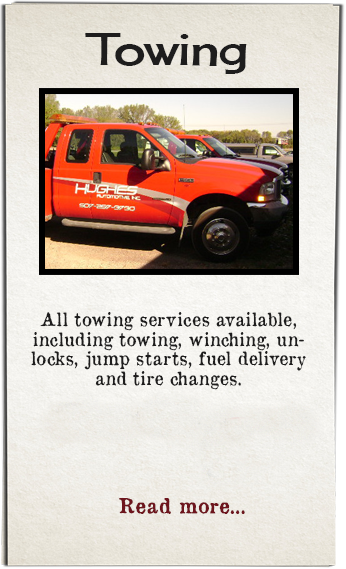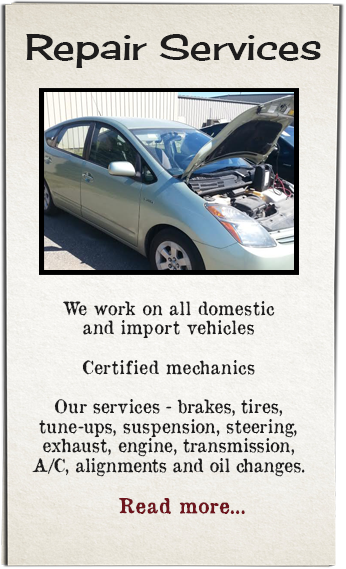If you’re gonna drive around the Mankato area, you’ve got to be able to see! So having a good pair of windshield wipers is extremely important. We’ve all experienced the frustration and fear of not being able to see clearly during a storm, or when our windshield is just dirty.
It seems like your wiper blades are always at their worst when you need them the most. But windshield wipers are like most other vehicle parts– they require regular attention in order to work their best.
You really ought to replace your wiper blades twice a year; in the spring and the fall. If it’s going to be a particularly harsh winter in Eagle Lake, you may even want to get special winter blades in the fall. Winter blades are designed to resist freezing.
Speaking of winter and freezing conditions, if your car has been sitting for a long time and the windshield becomes frozen, don’t use your wipers to clear off snow and ice. That’ll just tear up the blades and cause them to wear out more quickly. It may even damage the wiper motor.
Over time, wiper blades become hard and brittle, and then tear. They also lose their flexibility and just don’t cover the windshield effectively.
Worn wiper blades aren’t just a safety hazard; they can also scratch your windshield. That may require replacing the entire windshield; a big cost for such a little part.
Replace worn blades right away. Your local service center can provide you with a quality replacement blade. They cost about the same as they would at the store; but installation is included at Hughes Automotive Inc.
Of course you also need washer fluid to help your blades do their work. Even though your local Eagle Lake service center will top off the washer fluid with a full service oil change, it is a good idea to have some extra fluid at home, or in the car if you are on a long trip.
Always use windshield washer fluid. Plain water, even that fancy bottled water, may freeze in the fluid reservoir or on the windshield itself, making things worse. Besides, water won’t do a good job of cleaning your windows.
And remember that some vehicles have two reservoirs: one for the windshield and one for the back window – which may be under the hood or somewhere in the back.
So follow these tips to keep your windshield clear and your eye on the road, and give us a call at Hughes Automotive Inc or come by our shop at 109 E LeRay Ave, Eagle Lake, MN 56024. Call to make an appointment at 507.257.3730
.




